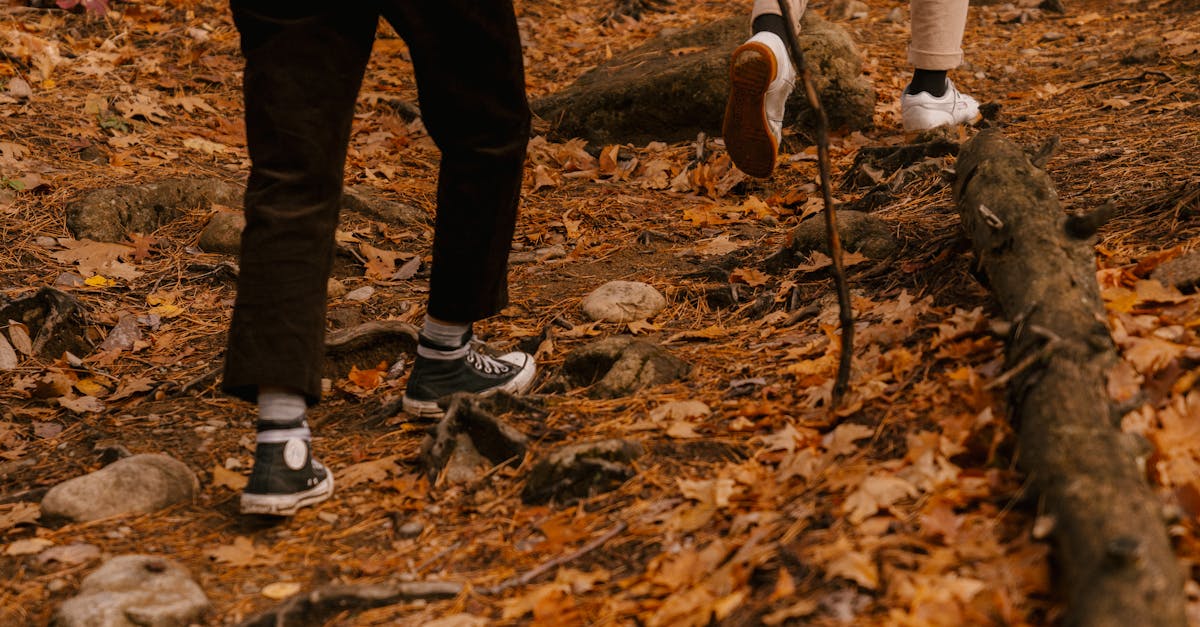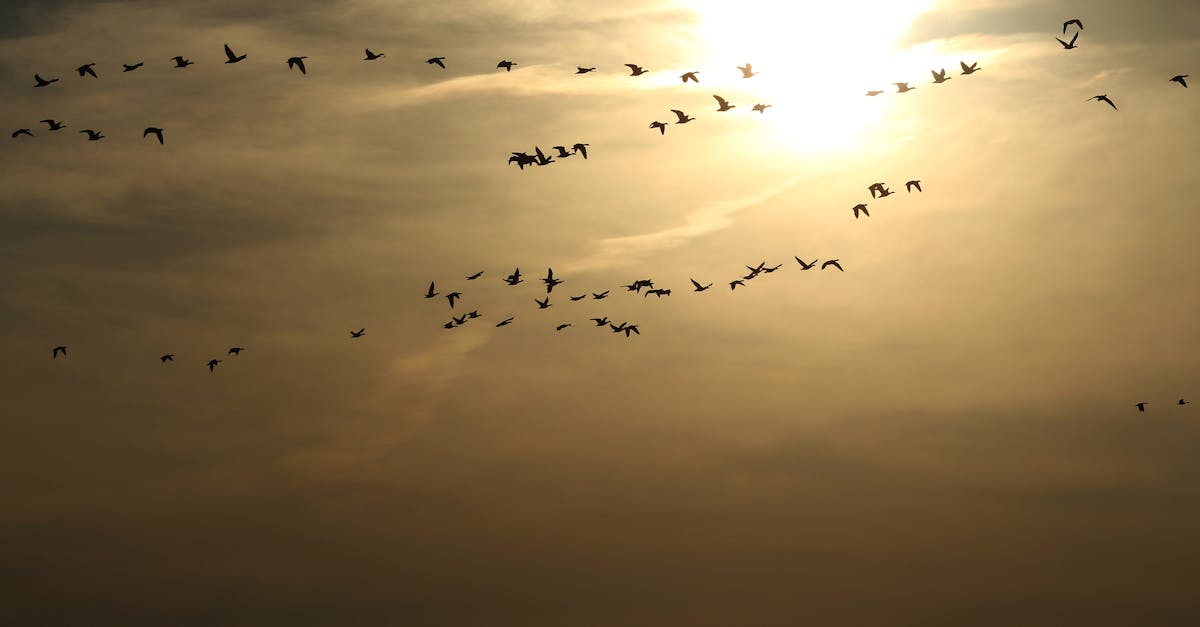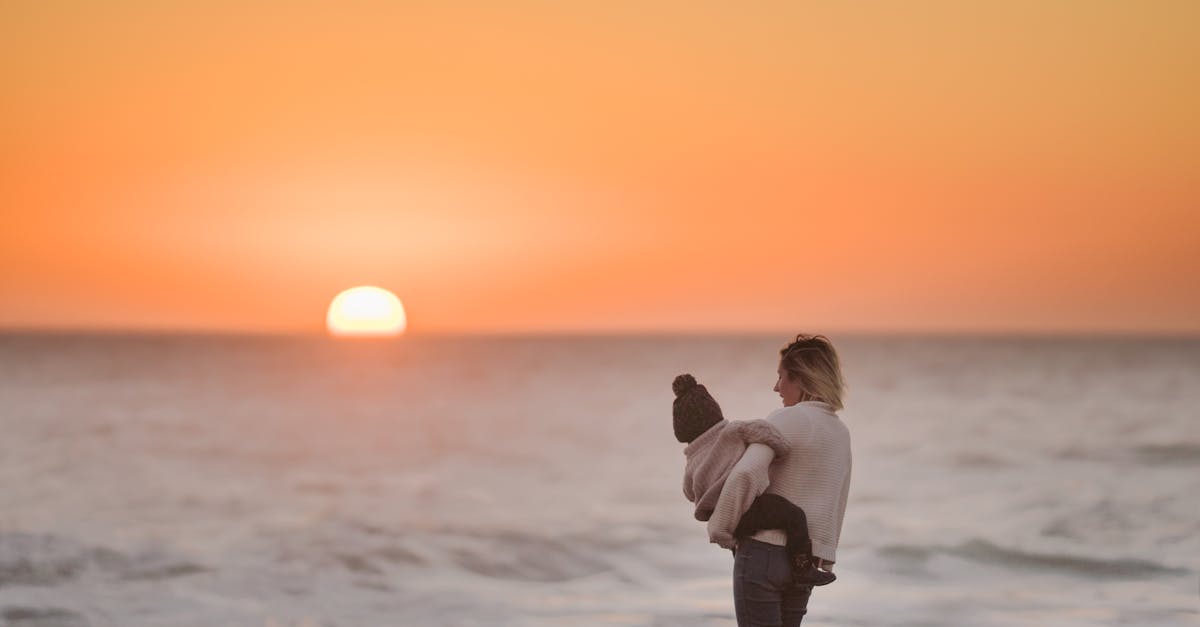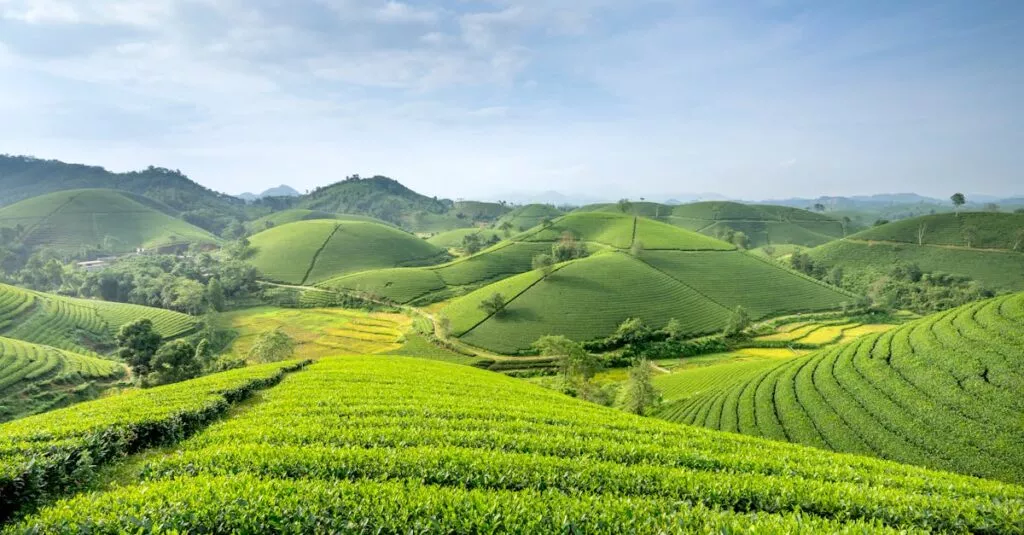1. The Magic of the Dry Season
The Dry Season is often considered the best time to photograph wildlife in Africa. During this time, animals congregate near water sources, making sightings easier. The lack of lush vegetation provides clear views for those perfect shots. Plus, with less rainfall, roads are more accessible, and light conditions are fantastic for photography.
Remember, the dry season varies across the continent. In East Africa, it usually falls between June and October, whereas Southern Africa sees it between May and September.

.com
2. Green Season’s Hidden Gems
Contrary to popular belief, the green season can be equally captivating. Known for its lush landscapes and abundant water, this period offers unique photographic opportunities. Newborn animals, blooming flowers, and dramatic skies can make your photos pop. Although the rain might pose challenges, it also means fewer tourists and a more intimate experience with nature.
In East Africa, the green season is from November to May, and in Southern Africa, it’s from October to April.

3. Migratory Marvels and Birdwatchers’ Paradise
If you’re a bird enthusiast, the migratory season is a dream come true. Hundreds of species flock to Africa, creating a vibrant and dynamic ecosystem. You’ll witness breathtaking scenes as migratory birds display their unique plumage. The best time for bird photography is from November to April, coinciding with the green season. Whether you’re in the Okavango Delta or the Serengeti, this is a paradise for birdwatchers.

4. Catching the Predator’s Hunt
One of the most exhilarating moments to capture is a predator’s hunt. Predators like lions, cheetahs, and leopards are more active during the cooler hours of the day. Dawn and dusk are prime times for hunting activity. Planning your safari during these periods increases your chances of witnessing and photographing these intense moments. Guides suggest being patient and observant for the best results.

5. Embracing Unexpected Weather
When planning a wildlife photography trip, don’t shy away from unexpected weather. Cloudy skies and rain can create dramatic, moody photos. Storms approaching in the distance add an element of excitement to your photography. These weather conditions can set your images apart, giving them a unique and compelling narrative. Always be prepared with waterproof gear to protect your equipment.

